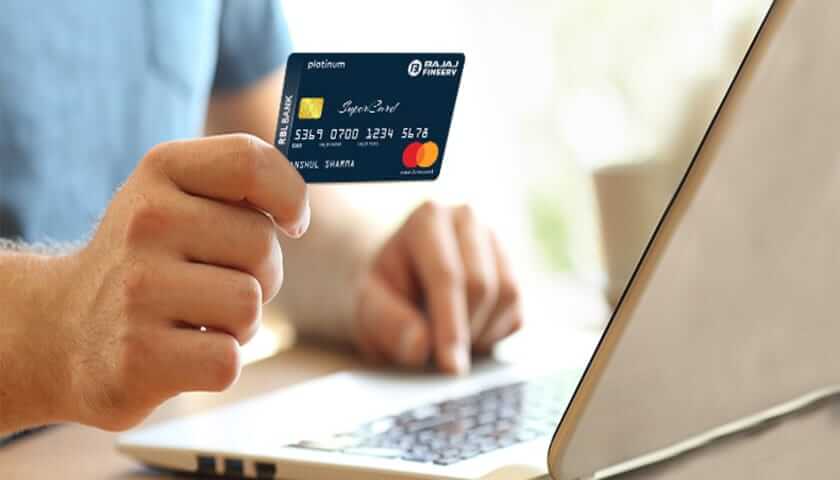Last Updated on 14/03/2020 by Deepak Singla
With e-commerce players ramping up the Indian investment in this industry’s infrastructure, the market is set for a swift boost. While the country’s economic growth proves to be resilient in spite of an economic slowdown across the globe, its revised e-commerce regulations have made it a convenient ground for payment cards. Buoyed by increased smartphone and internet usage, the consumer spending on an e-commerce platform is predicted to shoot north. Along these lines, the total transaction value on credit cards now stands at Rs. 6 lakh crore in 2019, a 30% high from 2018.
The increased inclination towards credit card online payment had brought into light the escalated curiosity about how the online payments work via this card. Here is a glimpse at the various aspects that come into play while making an online credit card payment.
Transaction process
Online credit card payment processes involve multiple platforms, irrespective of whether the merchant is an e-commerce store, a brick-and-mortar store, or whether the transaction is made through the mobile device or any other wireless terminals. While the process of sliding the card through a card reader and the generation of the receipt takes only a few seconds, the credit card online payment transaction process involves multiple layers.
1st stage – Authorisation: Merchant obtains approval from the issuing bank for payment
Step 1: Cardholder presents the card for payment at a POS.
Step 2: Card is swiped at this point of sales terminal.
Step 3: Credit card details are sent to the acquiring bank via a phone line.
Step 4: Acquiring bank forwards these details to a credit card network.
Step 5: Credit card network clears payment.
Step 6: This network requests authorisation of payment from an issuing bank. It requires –
- Billing address.
- Credit card number.
- Payment amount.
- Card expiration date.
- CVV number.
2nd stage – Authentication: Issuing bank authenticates the validity of a customer’s credit card with the help of fraud protection tools
Step 1: Credit card network requests payment authorisation to an issuing bank.
Step 2: Issuing bank verifies details, such as –
- Matching the billing address.
- Checks the amount of available funds.
- Credit card number.
- Verified CVV number.
Step 3: Issuing bank declined or approved the transaction amount and sends a suitable response via the same channel.
Step 4: Issuing bank places a hold on the purchase amount on a linked bank account considering that the merchant receives this authorisation.
Step 5: Merchant’s POS terminal collects approved authorisation that is processed at the end of a business day in a ‘batch.’
Step 6: Customer is provided with a receipt by a merchant to complete the sale.
3rd stage – Clearance and settlement: Transaction is updated in the merchant’s statement and the cardholder’s monthly credit card statement
Step 1: Merchant sends approved authorisations at the end of the day to a processor.
Step 2: This processor routes back this batched information of authorisation to credit card networks for settlement.
Step 3: These networks forward such approved transactions to the respective issuing banks.
Step 4: Issuing bank transfers funds within 24 to 48 hours of the transaction that is shared with the credit card network.
Step 5: The processor and bank are paid their share of the total funds involved in the transaction.
Step 6: The issuing bank credits the cardholder’s purchase to the merchant’s account.
Step 7: An issuing bank posts transaction information to the account of a cardholder.
He/she receives this statement and pays their credit card bills within the last day of their billing cycle.
It is vital for credit card users to have a proper idea about the hidden details of credit card bill payments.
Considering the complexity involving the processing of a credit card online payment, it is important for cardholders to avail credit cards which come with the benefits minus the hassles of the procedure.
Individuals can consider availing the Bajaj Finserv RBL Bank SuperCard for its user-friendly features.
Additionally, with the 24×7 access to RBL credit card customer care, cardholders can easily resolve any issues at the earliest.
With the queued financial leverages, credit cards ensure convenient and hassle-free online payment. Also, with a credit card suitable to your spending habits, you can save and earn reward points with partnered outlets.



